How to Reduce the Calories & Starch in Rice by 50%
 Rice, the lifeblood of so many nations’ cuisines, is perhaps the most ubiquitous food in the world. In Asia, where an estimated 90 percent of all rice is consumed, the pillowy grains are part of almost every meal. In the Caribbean, where the starch is often mixed with beans, it’s a staple too. Even here in the United States, where people eat a comparatively modest amount of rice, plenty is still consumed.
Rice, the lifeblood of so many nations’ cuisines, is perhaps the most ubiquitous food in the world. In Asia, where an estimated 90 percent of all rice is consumed, the pillowy grains are part of almost every meal. In the Caribbean, where the starch is often mixed with beans, it’s a staple too. Even here in the United States, where people eat a comparatively modest amount of rice, plenty is still consumed.
Rice is popular because it’s malleable—it pairs well with a lot of different kinds of food—and it’s relatively cheap. But like other starch-heavy foods, it has one central flaw: it isn’t that good for you. White rice consumption, in particular, has been linked to a higher risk of diabetes. A cup of the cooked grain carries with it roughly 200 calories, most of which comes in the form of starch, which turns into sugar, and often thereafter body fat.
But what if there were a simple way to tweak rice ever so slightly to make it much healthier?
An undergraduate student at the College of Chemical Sciences in Sri Lanka and his mentor have found a new way to cook rice that can reduce its calories by as much as 50 percent and even offer a few other added health benefits. The ingenious method, which at its core is just a simple manipulation of chemistry, involves only 2 easy steps.
2 Steps to Reduce the Calories in Rice by 50%
- Add 1 tablespoon of COCONUT OIL per 1 cup of rice while it’s cooking
- Completely CHILL rice before eating
How does it work?
To understand what’s going on, you need to understand a bit of food chemistry.
Not all starches, are created equal. Some (digestible starches) take only a little time to digest, are quickly turned into glucose, and then later glycogen. Excess glycogen ends up adding to the size of our guts if we don’t expend enough energy to burn it off. Other starches (resistant starches) take a long time for the body to process, aren’t converted into glucose or glycogen because we lack the ability to digest them, and add up to fewer calories.
A growing body of research, however, has shown that it might be possible to change the types of starches found in foods by modifying how they are prepared. At the very least, we know that there are observable changes when certain foods are cooked different ways.
[Raw] Potatoes, for example, go from having the right kind of starch to the less healthful kind when they are cooked or mashed (sigh, I know). The process of heating and cooling certain vegetables, like peas and sweet potatoes, can also alter the amount of resistant starches, according to a 2009 study. And rice, depending on the method of preparation, undergoes distinct chemical changes. Most notably, fried rice and pilaf style rice have a greater proportion of resistant starch than the most commonly eaten type, steamed rice, as strange as that might seem.
According to Dr. Pushparajah Thavarajah, a professor who is supervising the research:
If you can reduce the digestible starch in something like steamed rice, you can reduce the calories, The impact could be huge.
Understanding this, James and Thavarajva tested eight different recipes on 38 different kinds of rice found in Sri Lanka. What they found is that by adding a [fat] lipid, specifically coconut oil, while cooking the rice, and then cooling the rice immediately after it was done, they were able to drastically change its composition—and for the better.
The oil interacts with the starch in rice and changes its architecture,” said James. “Chilling the rice then helps foster the conversion of starches. The result is a healthier serving, even when you heat it back up.
In Conclusion.. Yes, we do eat a little rice and may eat a little more…
While our kitchen is mostly grain-free, Rice is one the the starches that we do enjoy a few times a month since it’s not reactive for Ray & I. With the new research concluding that Rice can be made healthier by cooking it with coconut oil and chilling it before eating, we are eating a little more than previously. In fact I made a batch of my Always Perfect Pressure Cooker Rice this morning and have it chilling in the fridge to enjoy with my Delicious 30 minute Beef & Broccoli for dinner this evening.

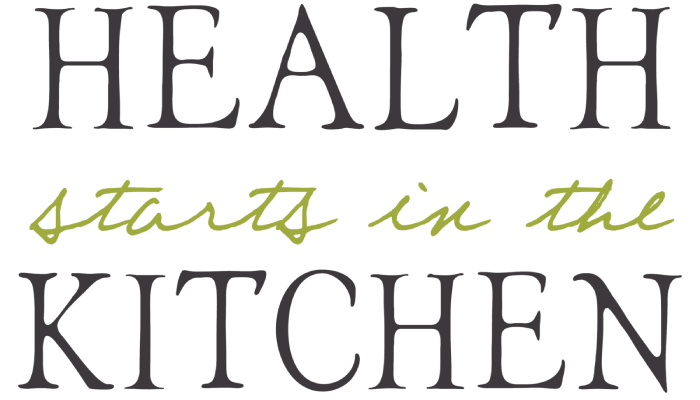
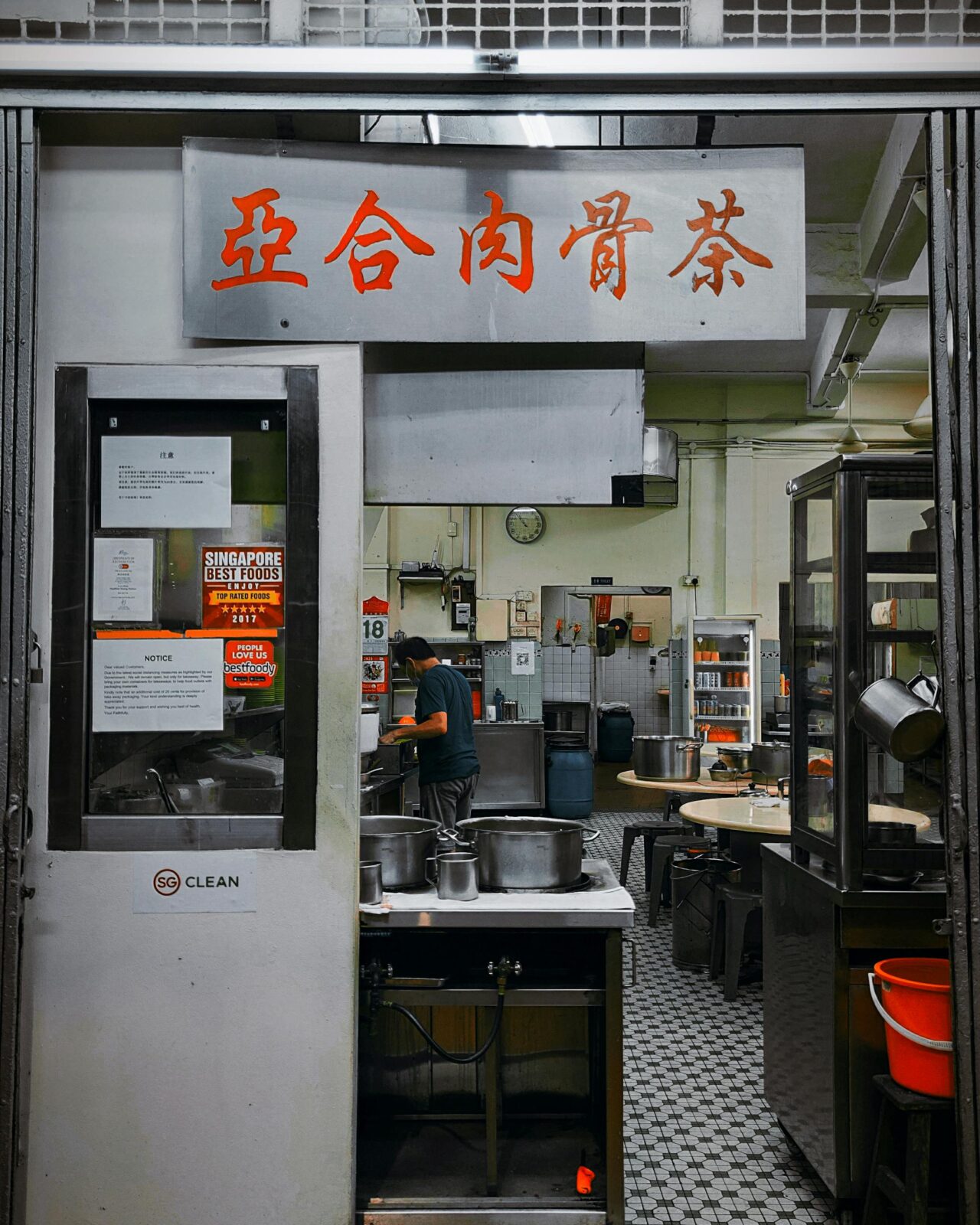


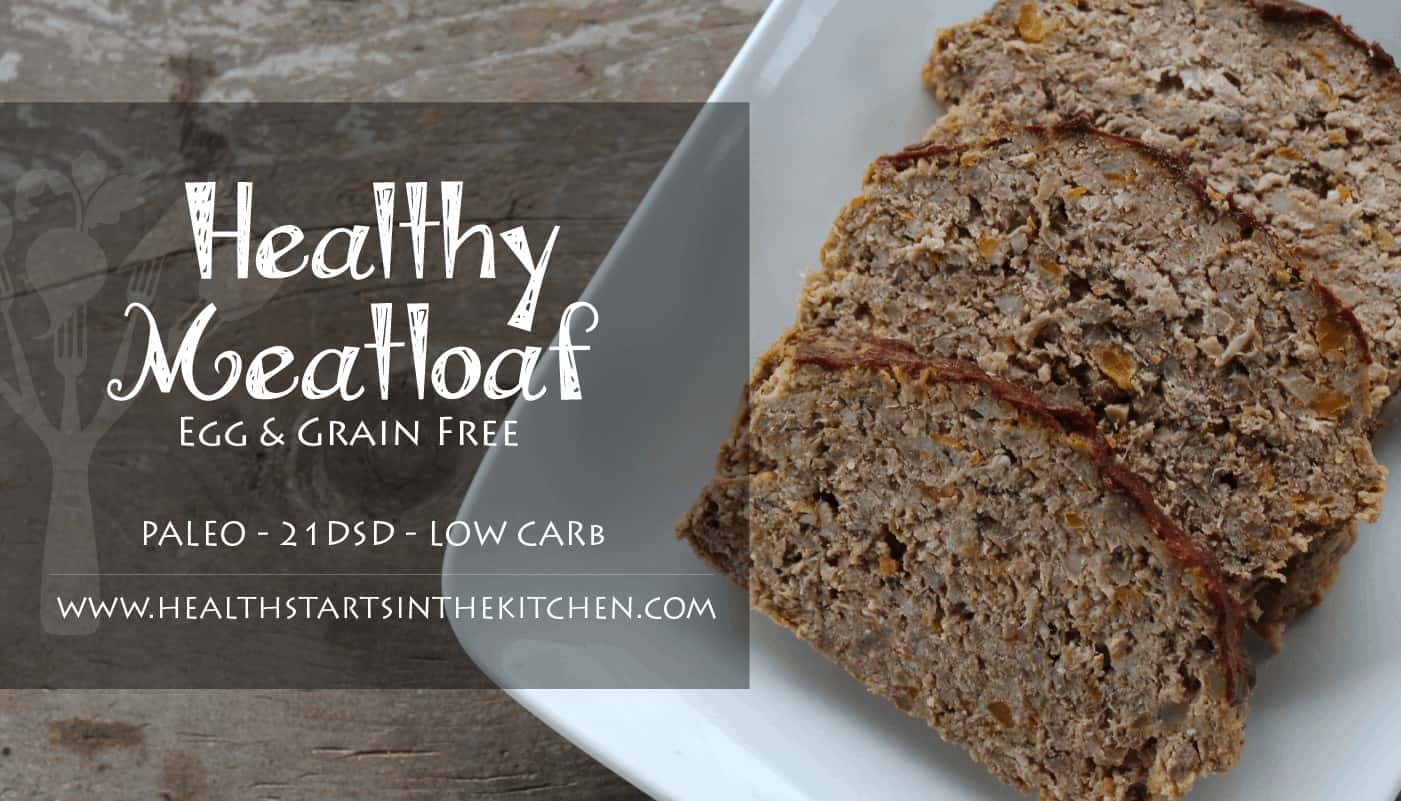
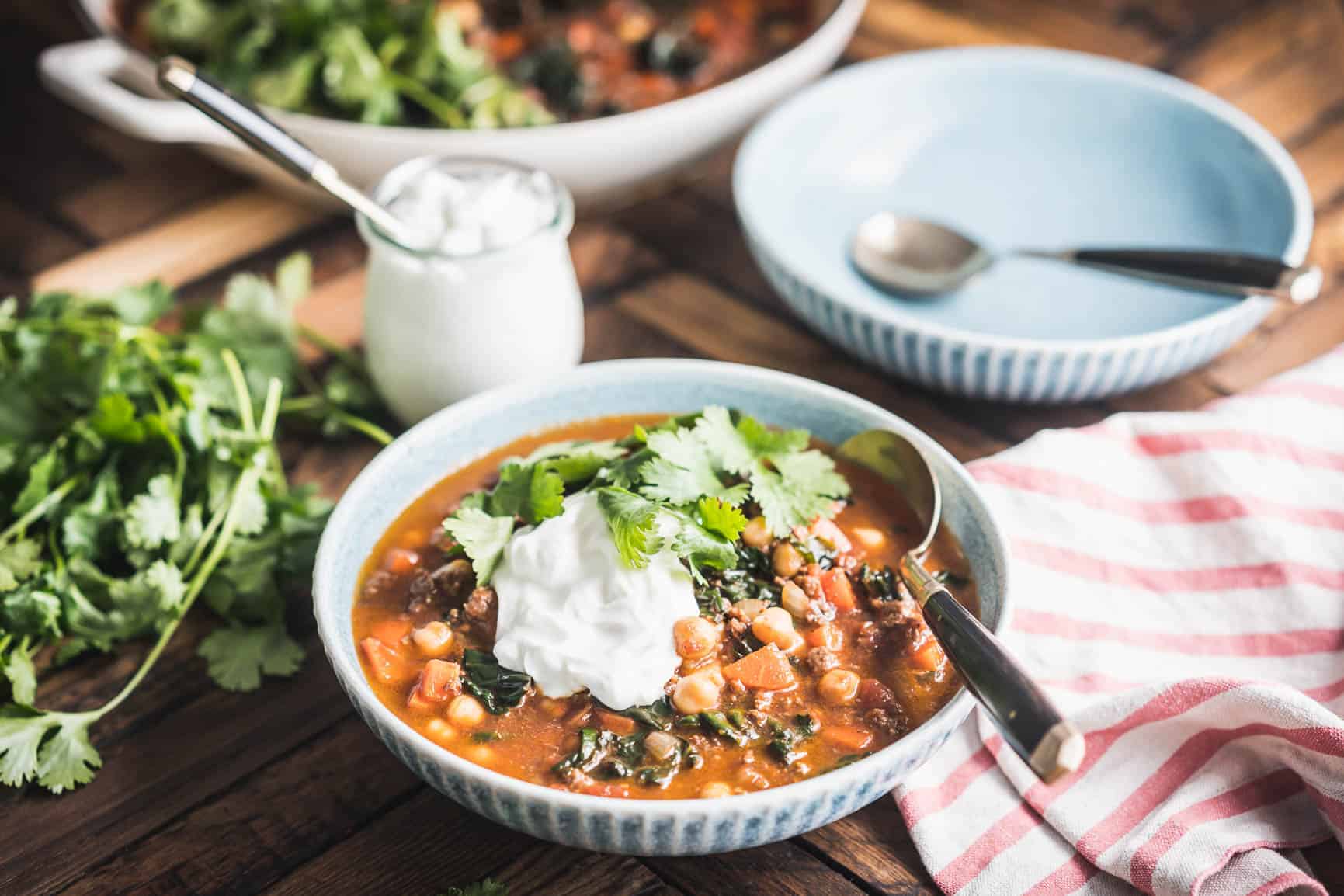
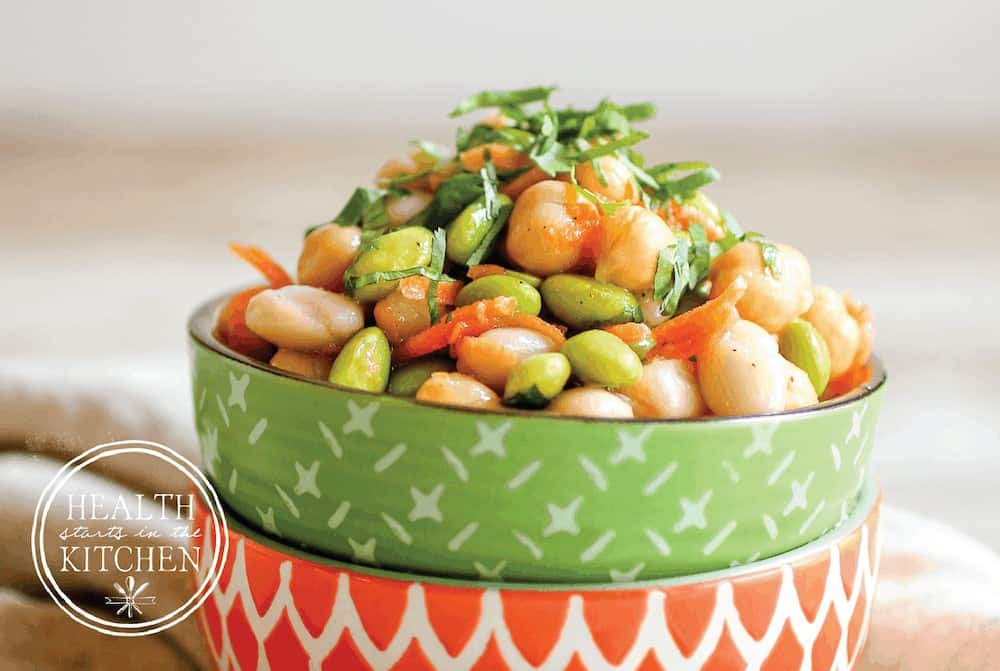
What is the new nutritional values of preparing the rice this way for one who is tracking their food consumption daily?
there is no 100% accurate way to determine without a scientific lab.
I wash my rice at least 4 times in hot water extracting a lot of the starch. Does this reduce the calorific content of rice?
I haven’t read any studies showing the reduction by rinsing.
Instead of water, I use homemade chicken broth. Can I still do this and add the coconut oil?
In theory it shouldn’t negatively impact the reduction in calories & starch.
This is SO cool! Rice is one of the grains we eat as well since I tolerate it well. It makes my husband crash almost instantly though so maybe this would work better for him! I can’t wait to try it out!
Do you rinse your rice before cooking?
I guess I do see in your 5-minute pressure cooker rice that you do rinse before cooking!
Does the rice taste like coconut after being cooked with the coconut oil?
There are two types of coconut oil – virgin and refined. Virgin coconut oil (the least processed) has a light coconut flavor and the refined coconut oil does not (the processing removes the flavor). I buy it online from Tropical Traditions. I recommend their organic expeller pressed coconut oil. It’s neutral in taste.
Do you cool it fast with an ice bath or just put in fridge right away?
Just put it in the fridge 🙂
Hi Hayley! I’m exited to try this method next time I make rice, but I want to be sure I’m getting it right. Maybe I missed it, but is there a ratio to follow for this? Based on my experience with other rice recipes, I would say 1-2 Tbs per dry cup of rice, but if there’s a happy number it would be great to know.
Thanks!
1 tablespoon of coconut oil per 1 cup of dry rice
The calories don’t change. It is still the same quantity of rice you are eating. Fiber doesn’t negate calories.
Joanna – No where in my post do I speak about fiber – If you are intending to reference resistant starch, it’s vastly different than fiber and I suggest further research on your part to fully understand the way that it (and other foods) work in the human body. Don’t be so quick to shut down a new theory!
Hi Hayley, this is great news for rice lovers! I love coconut rice done in the rice cooker so am wondering whether our method of using coconut milk instead of water for cooking would have the same or similar effect? If not I suppose it would be an easy thing to also add some coconut oil – any guidance as to how much?
Cheers – Karen
This is all very new research. I haven’t found anything regarding subbing coconut milk for water.
Maybe a silly question, but how much coconut oil?
1 tablespoon coconut oil per 1 cup of dry rice –> https://healthstartsinthekitchen.com/recipe/always-perfect-5-minute-pressure-cooker-rice/
How much coconut oil do you add to how much rice? Can you make this in a rice cooker this way?
1 tablespoon coconut oil per 1 cup of dry rice –> https://healthstartsinthekitchen.com/recipe/always-perfect-5-minute-pressure-cooker-rice/ – I don’t have a rice cooker, I make mine exclusively in the pressure cooker.
How do you recommend warming it back up? I’ve never been crazy about the texture of reheated rice, so I’m eager to know your method.
Thanks.
I talk about it in notes of this recipe –> https://healthstartsinthekitchen.com/recipe/always-perfect-5-minute-pressure-cooker-rice/
After chilling the rice can you reheat to eat warm or does this affect it’s starch composition again? Thanks!
Laura Gay
Gay – read until the end 🙂 “Chilling the rice then helps foster the conversion of starches. The result is a healthier serving, even when you heat it back up.”
Hi Hayley
Reading all these is very pleasant even though I see I’m late to this info. My doubt is; won’t adding a tablespoon of coconut oil per cup add a lot of calories to the rice which is the opposite of what we are trying to achieve? Please correct me if I’m wrong. Also, should you chill immediately after cooking while it’s still hot? Will be grateful to hear from you.
The coconut oil works by interacting with the starch molecules and changing its architecture, thus reducing the calories and starch/carbohydrate in the finished cooled rice lower than the original ingredients. If you aren’t eating the rice hot, then yes from a food safety perspective it is advisable to chill food as soon as possible. I typically make rice the day before we are going to consume it so that it has 12+ hours to fully cool before we reheat it for a meal.